What are the different vice dimensions?

Vices are available in a variety of different weights and sizes. A vice’s dimensions, which include its jaw width, opening capacity and throat depth, can determine whether a vice is capable of clamping a certain object.
If a user wishes to clamp large and heavy objects, then a vice with a greater jaw width/opening and throat depth would be useful, as they have a greater capacity and less restrictions than smaller vices. This is due to their design, which allows them to hold longer or wider workpieces without any risk of breakage.
Weight
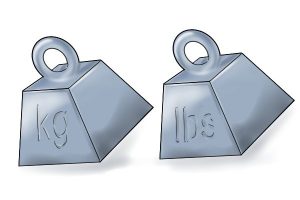
A vice’s weight is useful to know when making a purchase, in order to determine whether the work surface you want to mount your vice on is strong enough to hold the tool.
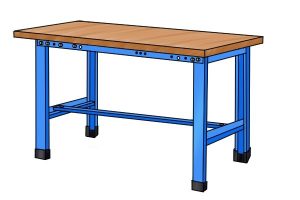
Check a workbench’s product specifications to know the maximum load capacity that it can hold. The average workbench can hold between 220-550 lbs (100-250 kg) which will sufficiently hold most types of vice.

The weight of vices varies, depending on each type and model. The lightest type of vice is the hand vice which can weigh as little as 1lbs (0.5 kg approx.) and the heaviest type of vice is an engineer’s vice which can weigh up to 180lbs (80 kg approx.).
Jaw Width
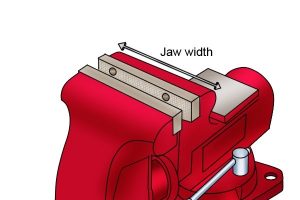
The jaw width is how wide the jaws are from one side to another and is measured by the horizontal distance along the top of the jaw edge. The width of the jaws’ surface indicates how much of a workpiece will be covered.
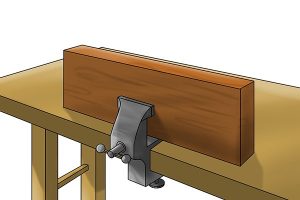
The wider the jaws, the greater distribution of clamping pressure over a workpiece, and the more securely the jaws will be able to grip without damaging the material.
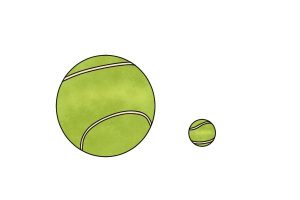
The jaw width and their opening capacity usually increase in size simultaneously, because if the jaws become wider then the whole of the vice increases in size to be in proportion.
Jaw Opening
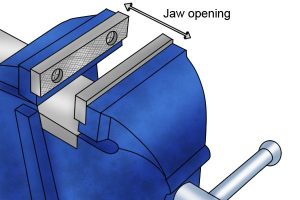
The jaw opening of a vice is how far the mouth of the jaws can open. This is determined by the length of the screw (which holds the jaws together), and the longer the screw, the further the sliding jaw can open from the stationary jaw.
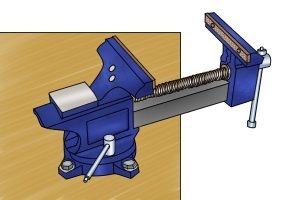
The opening indicates the maximum capacity of the jaws, meaning that the vice will not be able to clamp an object wider than this.
The opening capacity of the jaws can greatly vary between different types of vice. The smallest of hand vices only has a jaw opening of 2mm (0.1″ approx.), whereas some larger vices, such as a reversible metalworking vice, can open up to 350mm (14″ approx.).
Throat Depth
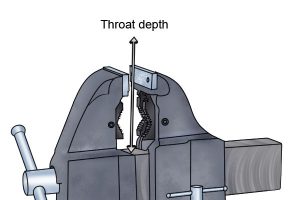
The throat depth is how deep the jaws of a vice are and is measured by the vertical distance from the top edge of the jaws down to the top of the screw/slide.
This indicates the maximum height of a workpiece that is capable of fitting into the throat of a vice.
Clamp Opening
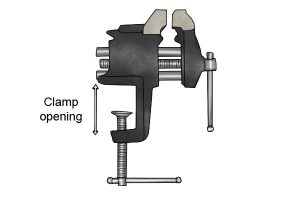
Some vices have an integrated clamp on them for portability. The clamp opening is how wide the integrated clamp will open, in order to fit onto the edge of a workbench.






